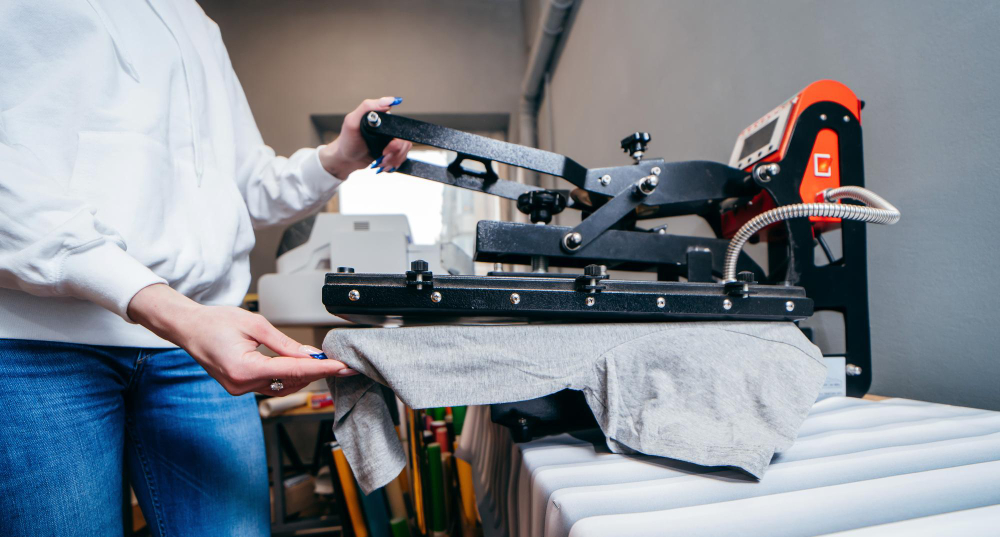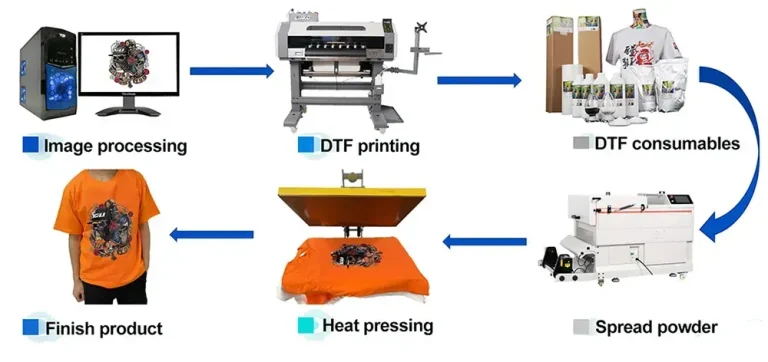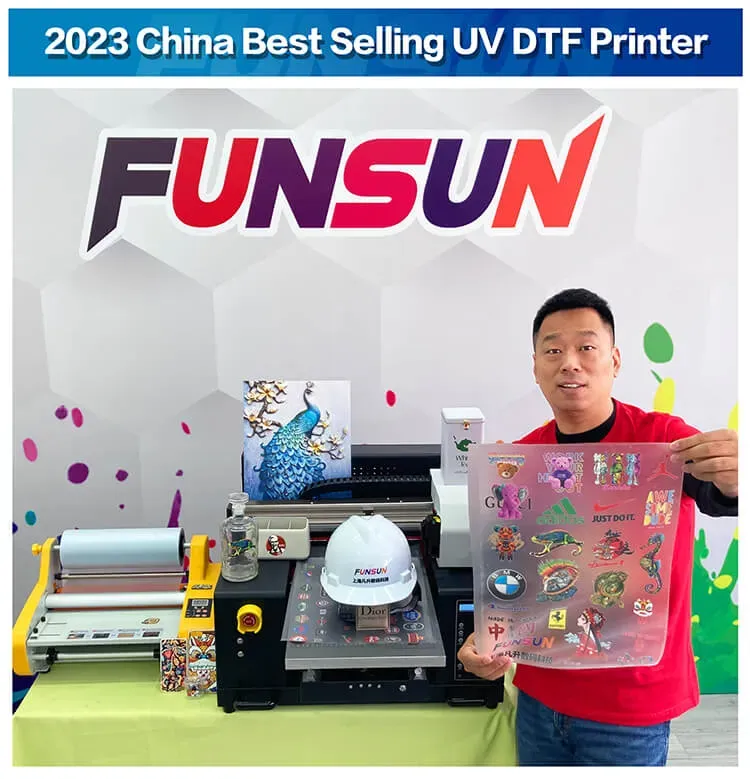UV DTF printing is revolutionizing the landscape of modern printing with its remarkable ability to produce vibrant and durable designs through the innovative UV curing process. This advanced printing technique allows businesses to effortlessly transfer high-quality images onto a diverse range of substrates, including plastics, metals, and textiles, which were previously limited by traditional printing methods. As the demand for custom prints continues to surge, mastering UV printing techniques has become essential for artists and entrepreneurs alike. Additionally, the use of eco-friendly inks in UV DTF printing aligns with the growing emphasis on sustainable practices within the industry. By understanding the intricacies of direct to film printing, professionals can optimize their print quality and expand their creative possibilities.
In the realm of contemporary printing, UV Direct to Film printing stands at the forefront, often referred to as UV inkjet to film technology. This method not only enhances image quality but also streamlines the printing substrate preparation process, ensuring superior adhesion and vibrancy. By leveraging the advantages of UV light for ink curing, this technique is dramatically reshaping how creatives approach print jobs. Furthermore, the incorporation of eco-friendly materials aligns with the industry’s shift toward sustainability, making it a preferred choice among environmentally-conscious businesses. With advancements in printer calibration and curing technology, UV DTF printing is paving the way for future innovations in high-quality print production.
Understanding the Basics of UV Printing Techniques
UV printing techniques are at the forefront of modern printing technology, leveraging ultraviolet light to dry and cure inks virtually instantly after they are printed. This method allows for the production of vibrant colors and sharp details, making it ideal for a variety of applications including signage, packaging, and promotional materials. The ability to print on a wide range of substrates—such as metal, glass, and plastic—gives UV printing a competitive edge over traditional methods. Furthermore, the swift curing process minimizes waiting times, enabling more efficient production cycles.
In addition to surface versatility, UV printing techniques are also notable for their environmental benefits. With the rise of eco-friendly inks and materials, modern UV printing systems can achieve high-quality results while reducing harmful emissions often associated with solvent-based inks. This dual focus on quality and sustainability resonates with today’s eco-conscious consumers, positioning UV printing as a responsible choice in various industries.
Frequently Asked Questions
What are the advantages of UV DTF printing compared to traditional printing methods?
UV DTF printing offers several advantages over traditional methods, including the ability to print on a wide variety of substrates such as plastics, metals, and wood. This technique utilizes eco-friendly inks that are cured with UV light, resulting in vibrant colors and durability. Additionally, UV DTF printing produces less waste and has a faster turnaround time compared to conventional printing techniques.
How does the UV curing process work in UV DTF printing?
In UV DTF printing, the UV curing process involves exposing the printed film to ultraviolet light, which instantly cures and hardens the ink onto the substrate. This rapid curing enhances adhesion and ensures that prints are resistant to scratching and fading, making them suitable for both indoor and outdoor applications. Proper exposure during the curing process is essential for achieving optimal print quality.
What types of substrates can be used with UV DTF printing?
UV DTF printing is versatile and can be applied to a variety of substrates, including non-porous materials like plastic, metal, glass, and wood. Proper surface preparation is crucial to ensure effective adhesion of the inks, particularly for challenging surfaces. This technique allows for high-quality prints on unconventional materials that traditional methods may struggle with.
What should I consider for printing substrate preparation in UV DTF printing?
For effective printing substrate preparation in UV DTF printing, it is important to clean and prime non-porous surfaces to promote better ink bonding. This may involve removing oils, dust, or residues that could interfere with adhesion. Consultation with guidelines from industry sources can provide specific recommendations for preparing various substrates to ensure successful prints.
What are eco-friendly inks in the context of UV DTF printing?
Eco-friendly inks in UV DTF printing refer to inks that are formulated to have low VOC (volatile organic compounds) emissions, making them safer for the environment and users. These inks not only minimize environmental impact but also offer excellent performance in terms of color vibrancy and adhesion. The shift towards using eco-friendly inks is an important trend within the UV printing techniques sector.
Why is printer calibration important in UV DTF printing?
Printer calibration is essential in UV DTF printing to ensure consistency and quality across batches. Regular calibration helps fine-tune color profiles and optimize the functionality of UV lights, leading to better print precision and adherence. Neglecting calibration may result in color discrepancies and poor curing, ultimately affecting the overall quality of the prints.
| Key Points | Details |
|---|---|
| Introduction to UV DTF Printing | UV Direct to Film printing provides vibrant and durable prints using ultraviolet light for ink curing, suitable for various surfaces. |
| Key Techniques | 1. **Ink Selection:** Use high-quality UV inks for vibrant colors and durability. 2. **Film Selection:** Choose high-release transfer films for seamless transfers. 3. **Printer Calibration:** Regular calibration ensures consistent print quality. 4. **Curing Process:** Proper UV light exposure is crucial for ink adherence. 5. **Surface Preparation:** Clean and prepare surfaces for optimal adhesion. |
| Tips for Success | – Maintain equipment regularly. – Experiment with samples for quality control. – Use advanced profiling technology for efficiency. |
| Recent Developments | – **Sustainability Focus:** Push towards eco-friendly materials. – **Market Growth:** Expanding applications in various sectors, making UV DTF printing accessible. |
Summary
UV DTF printing is revolutionizing the printing industry by combining innovative techniques with advanced technology to produce high-quality, vibrant prints across diverse materials. This technique stands out for its durability and flexibility, making it an appealing choice for businesses aiming to deliver custom products. As sustainable practices gain traction, the UV DTF printing market is anticipated to expand further, providing opportunities for growth and innovation. By mastering the essential techniques and keeping up with industry trends, businesses can effectively harness the capabilities of UV DTF printing to achieve outstanding results in their projects.






